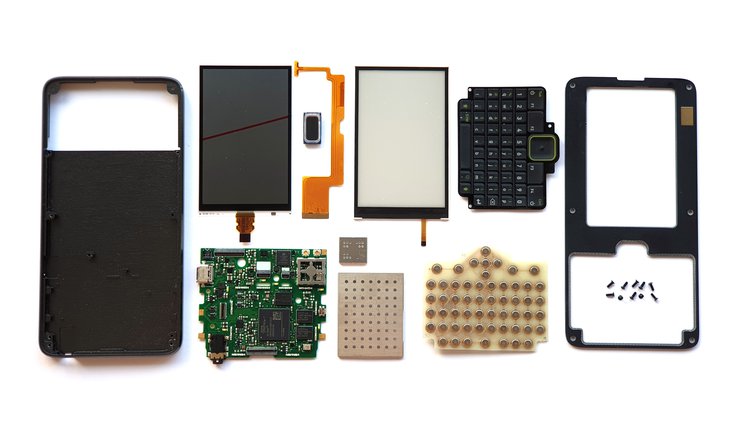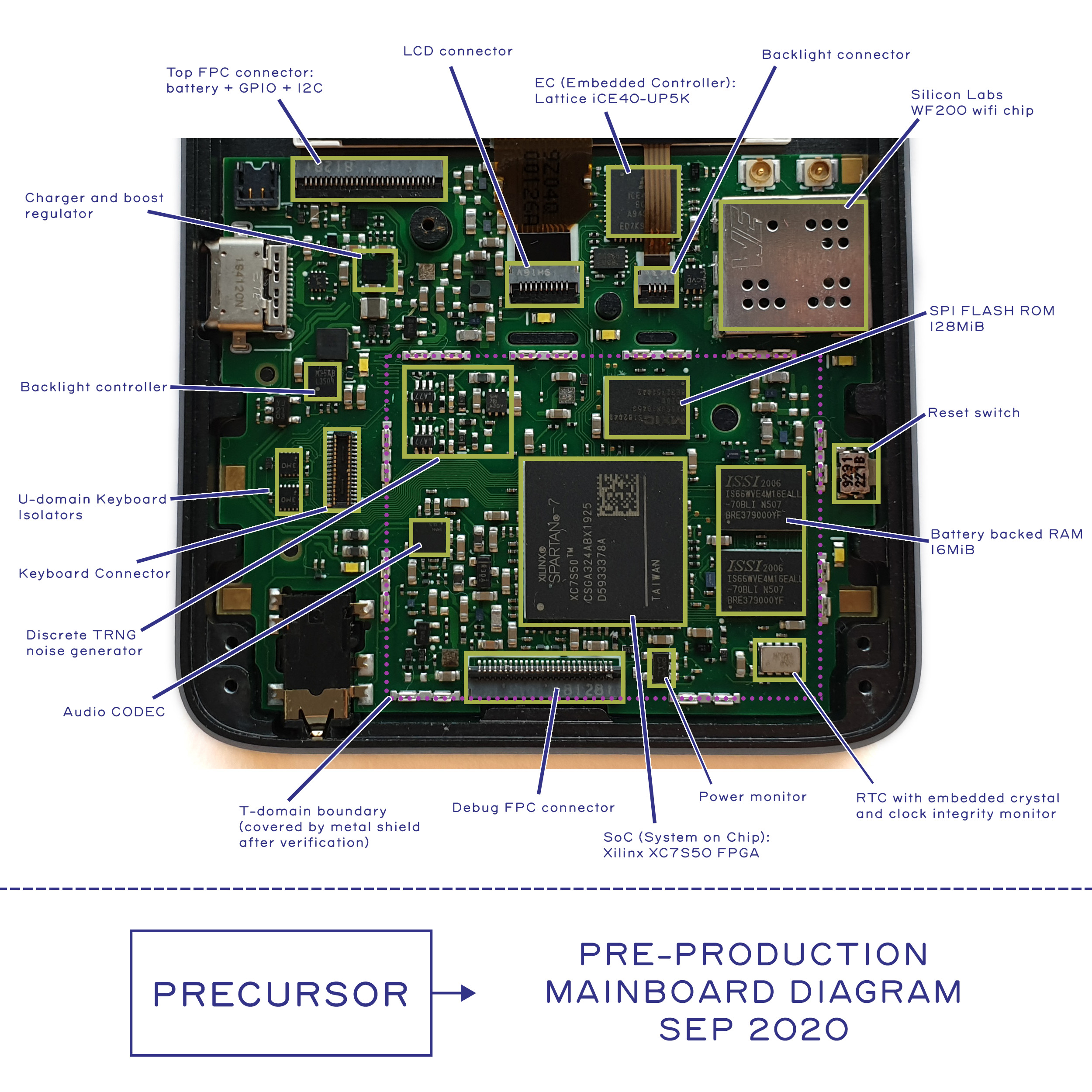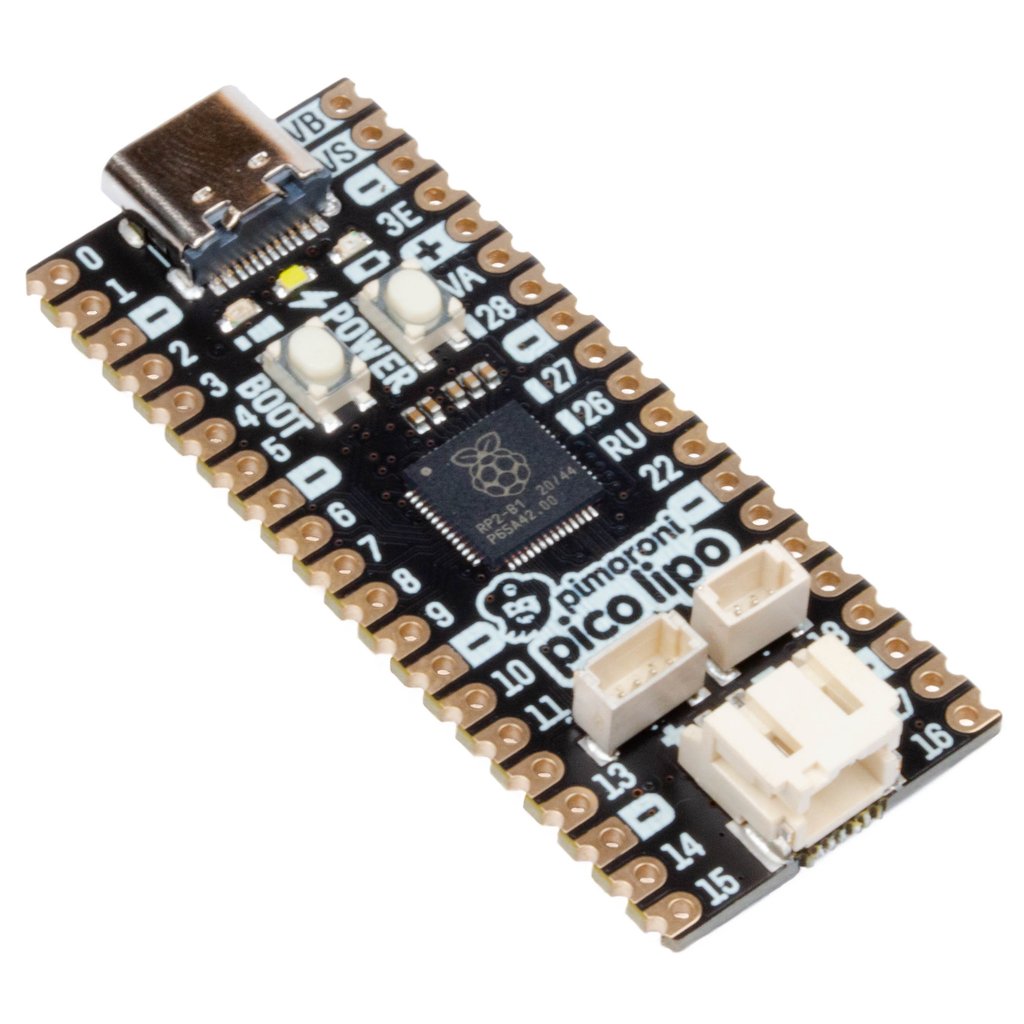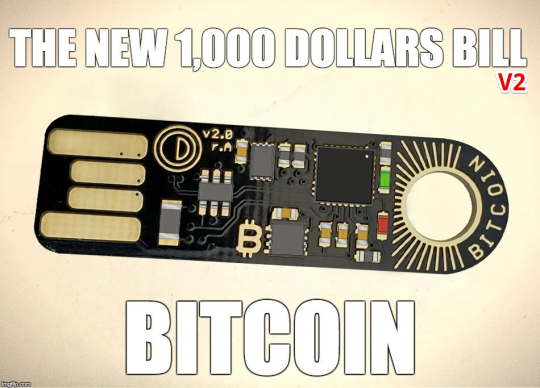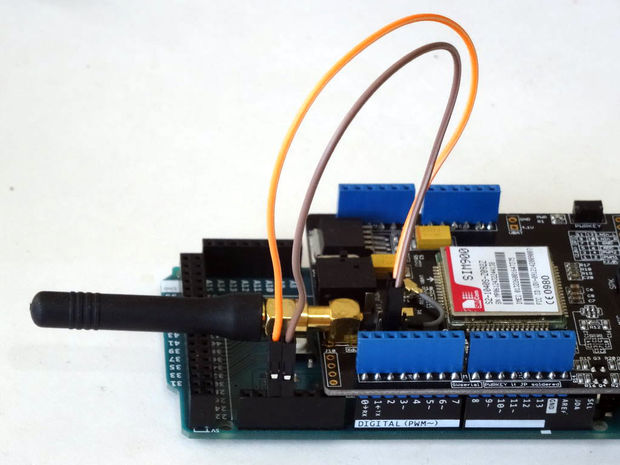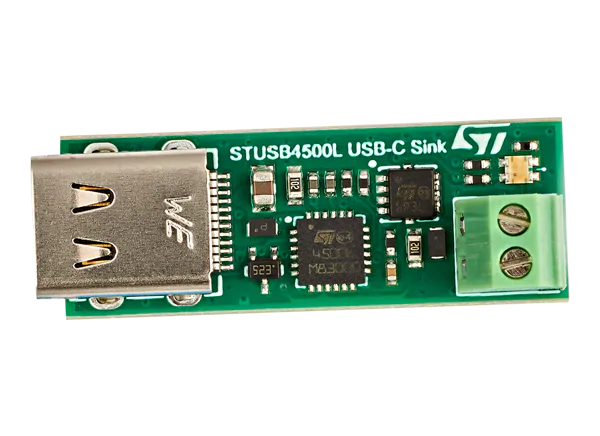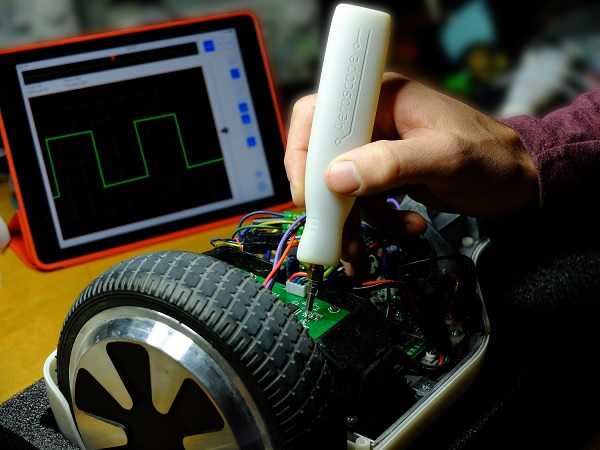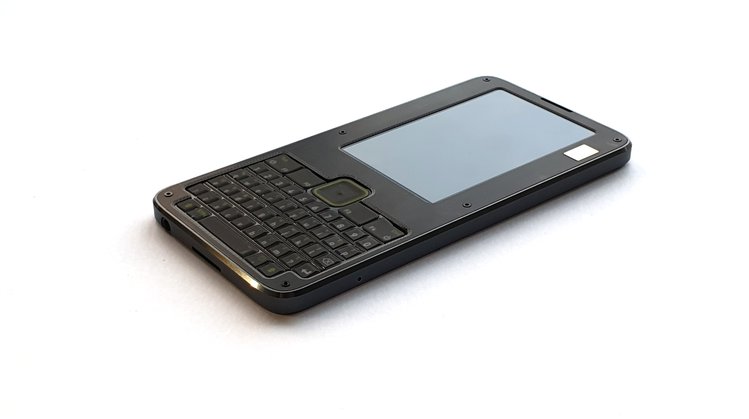
Precursor is a compact device with a physical keyboard, a built-in display, and an internal battery. It is an open hardware development platform for secure, mobile computation and communication, this device offers a system that users can have nearly complete control over, also with an added advantage of being smaller and lighter than an average smartphone. It has an FPGA that enables users to configure the chip so that it emulates several different processor types, giving users much more hardware power than a standard mobile device, The Precursor’s hardware is designed to be entirely inspectable and understandable by a single knowledgeable user, it is well suited as a hardware development framework for security-critical applications such as crypto wallets, secure messaging platforms, password managers and authenticators.
Despite the assurance from the likes of Google and Apple that our data is not vulnerable, we know deep down there are some uncertainties that we can’t control but precursors bridge that gap, Based on Scientific evidence that is measurable without access to a million-dollar microscope, users should be able to trust precursor. Among open hardware gadgets, the predecessor is also unique in that it was designed for portability from the ground up while most open FPGA hardware development boards share the evidence-based, compile your own CPU confidence properties of precursor, none of them are packaged in a compact, 7.2 mm, machined-aluminum shell, complete with a charger, a battery, a monitor and a keyboard, precursor draws less power than most FPGA because of the -1l variant Xilinx Spartan 7-series at its core, L for “low leakage” combined with a super-low-power Lattice iCE40 UP5K FPGA for deep-sleep system management and a Silicon Labs WF200 with integrated network co-processor for Wi-Fi connectivity — allows Precursor to achieve a standby time measured in days and an active screen time of about five to six hours.
Precursor consists of the following major elements:
- The Mainboard will be manufactured by AQS, an EMS provider, at their South Korea facility. The bare PCB will be produced by King Credie in Guangdong, China. All of the parts on the BOM were selected explicitly for ready availability in distribution channels such as Mouser and Digi-Key. We do anticipate a 12-week lead time on the Xilinx FPGAs, and acquiring them in a timely fashion represents a risk given the current pandemic and the status of the global supply chain.
- The rear case and radome will be manufactured by Jiada, a contract mechanical engineering supplier located in Guangdong, China. Production rear cases will be manufactured on-demand using a CNC milling process and finished with anodization. The radome will be produced using an injection molding tool that will be opened upon the successful conclusion of the funding campaign.
- The battery is sourced from a supplier in Guangdong, China. Because of its short shelf life and high MOQ, this does represent a high risk item. We will finalize the battery supplier and UN38.3 certifications that allow for air shipping after the conclusion of the campaign.
- The front bezel is a step-milled, edge-beveled PCB made using a special FR-4 composition impregnated with black dye by King Credie in Guangdong, China. The front bezel also incorporates the Wi-Fi antenna.
- The LCD is sourced from Sharp Microelectronics. Due to its highly critical nature and long lead time, we have gone ahead with a risk buy to ensure its availability for the campaign. If the campaign greatly exceeds volume expectations, we may have to take a staged approach to delivery as LCD shipments become available.
- The backlight assembly was pre-manufactured to match the LCD.
- The keyboard overlay is a full-custom, UV-cured, polycarbonate assembly with silkscreen printing, all done via AQS in Dongguan, China.
- The keyboard PCB is a semi-custom “transparent” substrate, manufactured by King Credie in Dongguan, China.
- The button array is sourced from AQS in Dongguan, China.
- The final assembly will be done at AQS in South Korea.
- The Precursor tier includes the following items in the box:
- One fully assembled and tested Precursor device in an aluminum case, complete with display, bezel, QWERTY keyboard, and battery, and pre-loaded with low-level factory test firmware.
- One “debug board,” which is a Raspberry Pi 3B+ or 4 HAT. This used for low-level debugging and reflashing of the Precursor in case you brick it. Raspberry Pi not included.
- Three alternate keyboard overlays: QWERTZ, AZERTY, and Dvorak.
- Press-fit metal shield for the trusted domain of the Precursor PCB (to be installed after verification).
- Four grams of EPO-TEK 301 in a bi-pak, for sealing the metal shield Note: the seal is permanent and we can’t do any warranty returns/exchanges on sealed devices. Do not apply glue to active connectors.
The Limited Edition Precursor tier includes all of the above, with a special limited edition case. You will also receive the regular production aluminum case body as well, as a bonus spare part.
The precursor is estimated at $512, pre-order starts January 2021. You can find more information about the specification on the crowdsupply page. For more information about shipping, visit Crowd Supply’s Ordering, Paying, and Shipping guide and the International shipping section of their Fulfillment & Logistics guide.






